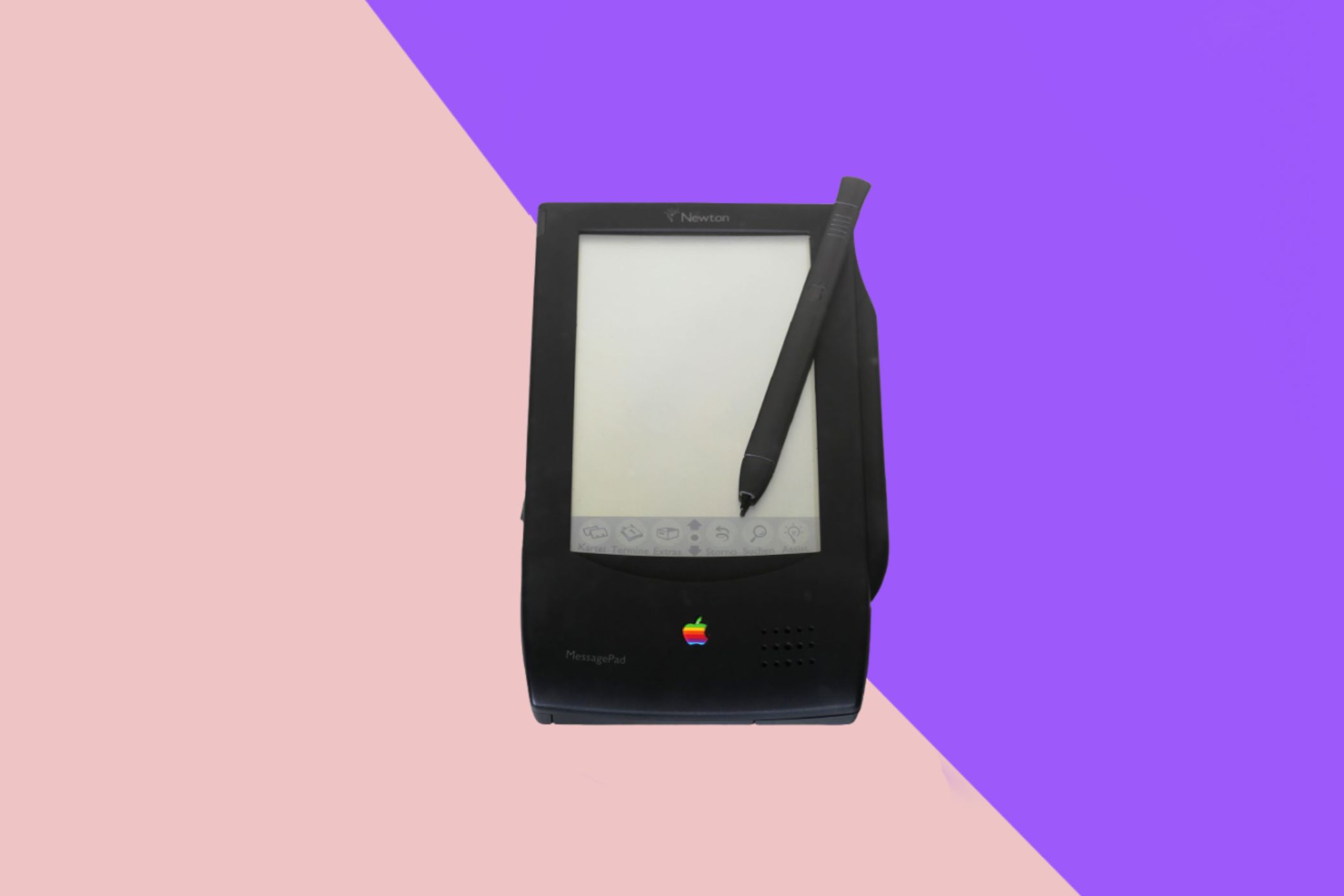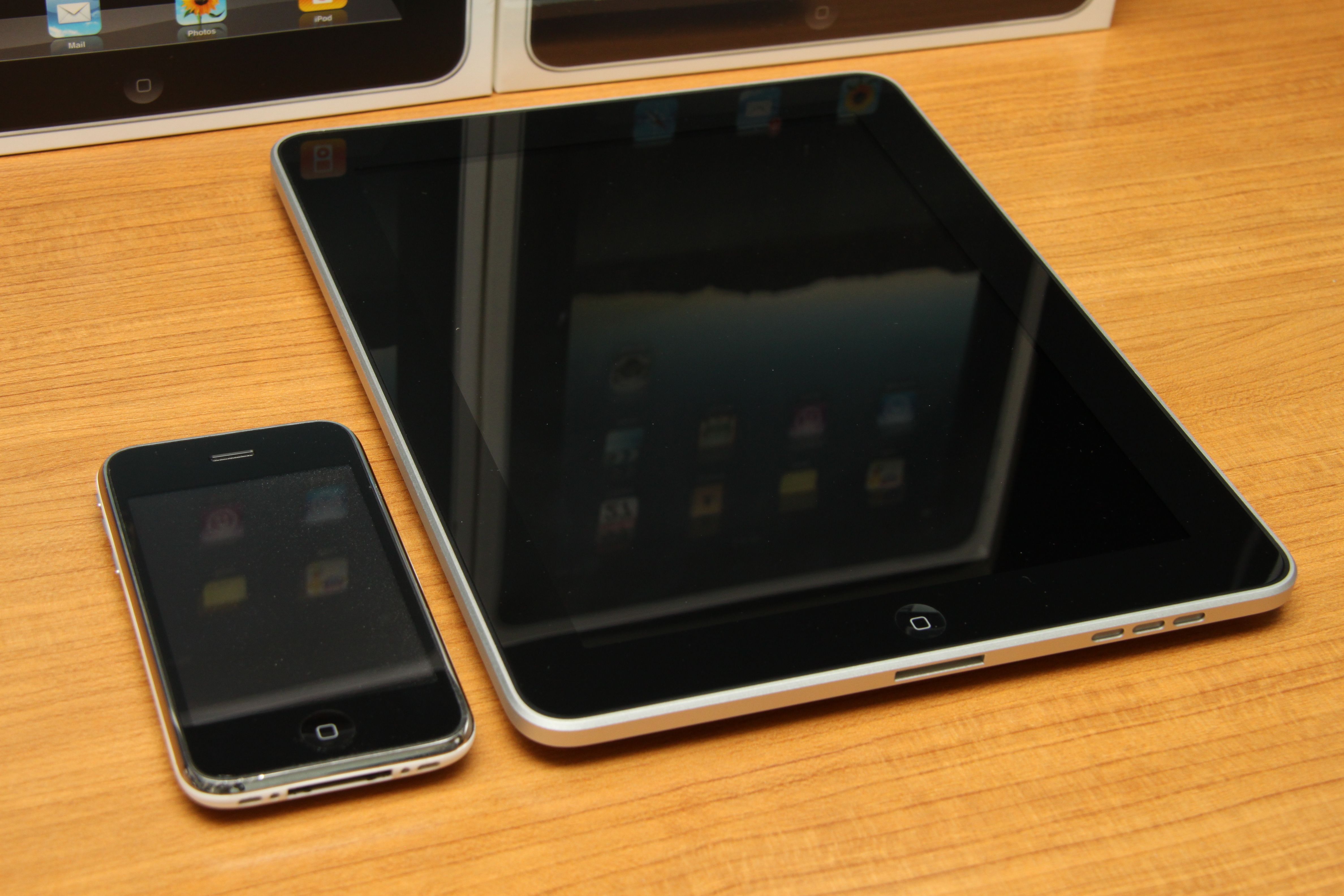Key Takeaways
- The iPad was a game-changer with its sleek design, intuitive interface, and solid app catalog.
- Apple had released a tablet long before the iPad called the MessagePad, but it failed to go mainstream.
- Over the years, Apple improved the iPad with faster processors, cameras, and different models like the iPad Mini and iPad Pro.
Whether you love or hate Apple products, their influence on modern technology can’t be understated. The earliest Macintosh systems, despite being commercial failures, popularized the concept of GUI. In a similar vein, the iPhone was a game-changer with its sleek design, intuitive interface, and solid app catalog.
Then there was the iPad. Dubbed the “laptop killer,” this powerful tablet was designed to bridge the gap between smartphones and laptops. While it didn’t quite replace laptops, the iPad was an innovative device that forever changed the tech landscape. And it all started 14 years ago when Steve Jobs announced the first iteration of the iPad at Yerba Buena Center, California.
The iPad wasn’t Apple’s first tablet
The MessagePad walked so the iPad could run
Before we discuss how and why the iPad was a commercial success, it’s worth noting that Apple had released a tablet long before the iPad came into being. PDA was the buzzword back in the 90s, and the tech giant decided to enter this emerging market by launching the MessagePad1993. Apple shipped the MessagePad with a stylus, and advertised the PDA’s handwriting recognition capabilities as its selling point… which ended disastrously for the device.
Soon after its launch, the MessagePad received significant backlash for its failure to consistently recognize words written with its stylus. Pair that with the device’s limited functionality, and it was clear that Apple’s MessagePad lacked the potential to go mainstream. While subsequent versions of the MessagePad had higher specs and were better at recognizing handwriting, the product line failed to generate significant revenue for Apple, leading to Steve Jobs discontinuing it in 1998.
It took over 10 years for Apple to come up with the iPad
But it was worth the long wait
While the MessagePad met its demise in 1998, it paved the way for the next generation of Apple products, including the iPhone and the iPad. Launched in 2007, the iPhone instantly became a commercial success, and soon, reports about Apple launching another portable device started making the rounds.
On January 27, 2010, Steve Jobs finally revealed the iPad as a new device that combined the computational prowess of a computer with the portable design of a smartphone. Built on the Apple A4 SoC, the first iteration of the iPad was more powerful than the iPhone, despite offering the same user-friendly experience that made Apple’s flagship smartphone popular. It also packed a large 9.7-inch display, and thanks to its built-in GPS and support for accessing cellular networks, it was a significantly better “PDA” than the MessagePad.
|
iPad (1st-generation) |
|
|---|---|
|
Processor |
|
|
Graphics |
|
|
Memory |
|
|
Storage |
|
|
Display |
|
|
Connectivity |
|
|
Ports |
|
|
Battery |
|
|
Size (WxDxH) |
|
|
Weight |
Wi-Fi model: Wi-Fi + 3G model: |
|
Price |
|
While it wasn’t as powerful as a typical laptop, the first-gen iPad was meant for casual users who wanted a simple device for browsing the web, checking emails, and other everyday tasks. With its revolutionary features, the iPad became immensely popular following its launch on April 3, 2010. And Apple was just getting started…
Apple kept improving the iPad over the years
Sadly, there hasn’t been a newer iPad since 2022
The iPad was indeed revolutionary, but the device had its fair share of issues, including the lack of a built-in camera and multi-tasking provisions. Capitalizing on the success of the iPad, Apple released the second-gen models of its flagship tablet in 2011. The newer iPad was better than its predecessor in every way: faster processor, more memory, slimmer and lighter design, and most importantly, front and rear cameras. In a few years, the iPad lineup was expanded to include more products, such as the small-sized iPad Mini, mid-range iPad Air, and high-end iPad Pro models.
The operating system powering the tablets has also changed over the years. The original iPad shipped with iPhone OS 3.2, which was rebranded to iOS following the release of iOS 4. As years passed, the iPad kept receiving additional features, which meant it needed a different operating system than the iPhone and the iPod Touch. On September 24, 2019, Apple segregated its touchscreen devices by releasing the iPadOS 13 for its flagship tablets.
And here we are, 14 years after Steve Jobs announced the original iPad. Unfortunately, Apple has neglected the tablet lineup since 2022 and has instead targeted the VR/AR market with its Vision Pro headset. But all hope is not lost for iPad lovers. If rumors are anything to go by, we might see new iPad Pro models equipped with M3 chips and OLED displays in 2024.
[ad_2]






